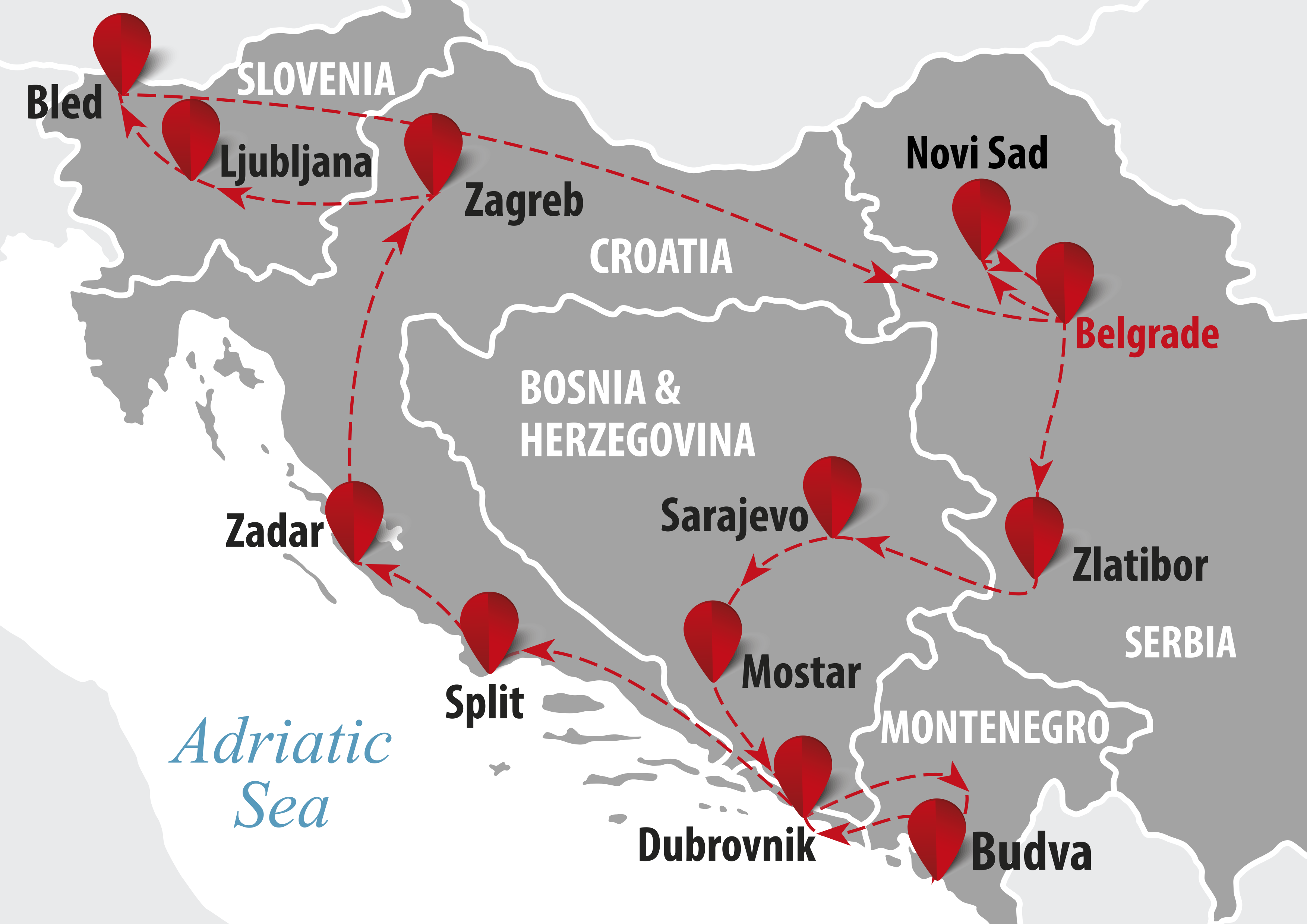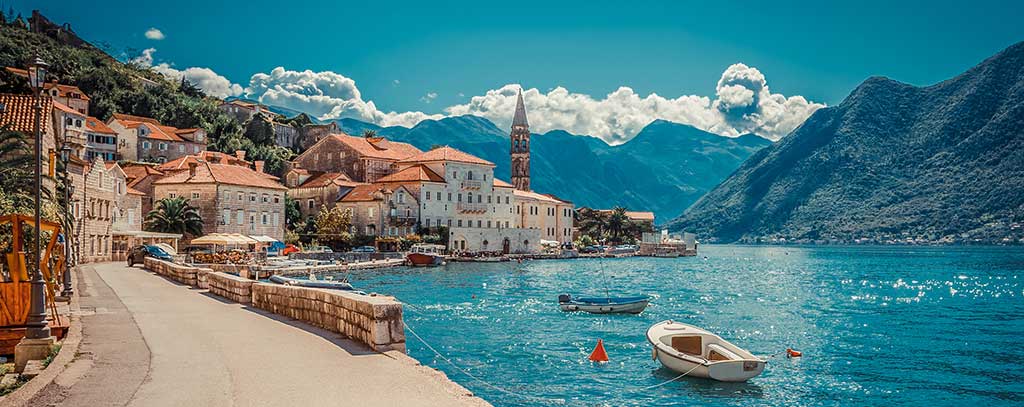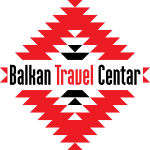
Days


Days
DAY 1. – Belgrade
Arrival in Belgrade. Meet & Greet at the Airport. Sightseeing of the Belgrade Fortress, visit the Roman Well built in the 18th century and the Big Gun Powder Warehouse from the 18th century. Transfer to the hotel and check-in. Overnight.
DAY 2. – North Serbia
Fruska Gora, Sremski Karlovci, Sremska Mitrovica, Zasavica and Novi Sad tour. The tour start with 2-3 hours ride to Vojodina region. Tour of Srem provides an opportunity to learn about a region that bears the name of Sirmium- today Sremska Mitrovica town, one of the four capitals of the Roman Empire and place of birth or death of seven Roman emperors. The program includes a tour of Zasavica, nature reserve, with panoramic cruise; visit to Fruska Gora mountain and Sremski Karlovci, which represent the place of preservation of Serbian culture in the 18th and 19th centuries, with relaxing wine tasting and lunch. After lunch follows visit to the Krusedol monastery on Fruska Gora mountain. Follows visit to Novi Sad town and it’s dominant Petrovaradin fortress, the second largest fortress in Europe. Dinner in a traditional restaurant with typical specialties from Vojvodina region. Return to Belgrade.
DAY 3. – Western Serbia
Sargan 8 railway, Mokra Gora, Zlatibor, Drvengrad and Uzice tour. Start the day with 4 hours drive to Sargan 8 Railway with coffee break at Divcibare Mountain, well known as “aerial SPA”. Lunch at ethno restaurant, with diverse Serbian national specialties typical for Western Serbia and rakjia drink. Stop at a Mokra Gora village in Zlatibor Mountain and ride through part of old touristic railway called Sargan Eight dated from 1925. It is a narrow-gauge railway that passes through 22 tunnels, over 5 bridges, and overcome the altitude difference of 300 meters, on a total distance of 15 kilometers. After drive along Sargan Eight railway through beautiful sceneries we will visit ethno village Drvengrad (wooden city), built by the famous Serbian film director Emir Kusturica, who won twice Palm d’Or on Cannes film festival. A Break for lunch, specialties of western Serbia. We continue our journey to Rujno Monastery built at 15th century on hill with beautiful view to Vrijci Lake. In this monastery monk Theodosius printed the first book in this area in 1537, only 48 years after Gutenberg. Next stop is in Uzice Town where we will visit the first power station built in 1900 by Nikola Tesla’s principles of alternating current in Serbia, only five years after power station on Niagara River in North America. We will visit one of over 30 monasteries built since 14th century in Ovcar – Kablar Gorge, also known as the “Serbian Mount Athos”.
DAY 4. – Sarajevo
Transfer to Sarajevo. The capital of Bosna and Hercegovina was founded in the 15th century and is famous for its traditional cultural and religious diversity, with adherents of Islam, Orthodoxy, Catholicism and Judaism coexisting there for centuries, and due to this it was sometimes called the “Jerusalem of the Balkans”. Optional visit to Konjic Town and where the best secret of ex-Yugoslavia were kept – a bunker built on the mountain where the leaders of the Yugoslav Republic planned its atomic war command. The bunker was one of the most expensive structures in the ex-Yugoslavia and it was built from 1953 until 1979, taking 26 years to be completed. Overnight in Sarajevo
DAY 5. – Mostar
Mostar, a city of stone on stone, historical, political, scientific and cultural center of Herzegovina lies at the foot of the slopes of Velez Mountain, in the Neretva River valley. It is a city of sun, greenery and flowers, with a mild Mediterranean climate, even fragrances from the sea reaching it. Mostar is the city of contrasts, wide roads, narrow streets, the traditional Kujundziluk (old bazaar) and a contemporary center, a city in which the culture and art of the east and west meet, which have left visible traces that have with stood the test of natural forces and rulers. Next to modernly built edifices there rise the towers of churches and the minarets of mosques. Nonetheless, the most magnificent stone monument is the Stari Most (Old Bridge), built in 1566 according to the plans of Hayruddin, the great Turkish builder of the 16th c. it has a large stone arch and has been entered on UNESCO’s World Heritage List. Back to Sarajevo. Overnight.
DAY 6. – Dubrovnik
Drive to Dubrovnik (location under the protection of the UNESCO) is one of the most significant monument in the world. City’s old town is known since 7th century. For centuries it had the status of a city republic all till Napoleon came here in 1806. The old town is surrounded with a wall that is 2 km long that give a great opportunity to see whole old Dubrovnik from one point: city churches, fortification and monuments are a real must-see. Dubrovnik enchanted lots of famous persons that devoted their pieces of art to the city. No wonder, as Dubrovnik has numerous legends and beauties, that should not be missed. In the historical center of Dubrovnik we will visit main Square Stradun, also called Placa, Pile Gate, Rector’s Palace, Sponza palace, Old Town Walls, the church of St. Blaise, the Cathedral, the Jesuit church, Orlando’s Column, Onofrio’s Large Fountain (Great Onofrio Well), the city port and other hidden gems. Overnight in Dubrovnik.
DAY 7. – Budva
Check out and transfer to Budva. Famous for its sandy beaches, diverse nightlife and Mediterranean architecture. Budva was populated by Phoenicians, Greeks, Romans, Venetians and many other great civilizations in the last 3 millenniums. Cruise along the Budva Riviera, including the islet of Sveti Stefan – a former pirate fortress from the 15th century; now hosting a resort hotel. Free activities time and overnight in Budva.
DAY 8. – Budva
Transfer to Perast Harbor and boat trip to the Lady of Rocks – two islands where we will visit a Roman Catholic church dated from 1632., the largest building on the island and visit the church museum. End the tour returning to Perast Harbor. Overnight in Budva.
DAY 9. – Split
Check – out. Drive to Split, the largest Dalmatian city and port. During era of Ancient Rome, approximately 1700 years ago, Split was founded on the Marjan Peninsula that surrounded by ancient Salona and Trogir (location under the protection of the UNESCO), whose history is enormously rich. We will walk via narrow streets of Diocletian’s Palace (monument under the protection of the UNESCO), that was built in 4th century by Roman Emperor, see perfectly preserved basement and visit former Temple of Jupiter in the central, ancient Peristyle Square. Nowadays the Temple hosts city Cathedral, and this complex is supposed to be one of the world’s oldest building of its kind. We pass through Golden and Silver Gates and walk via noisy markets and Riva, shopping zone. Overnight in Split.
DAY 10. – Zadar
Check – out from the hotel and drive to Zadar, ancient city in the center of the Croatian Adriatic. Zadar is three thousand years old and it is proud of tumultuous and dynamic history: destructions, reconstructions, poverty and riches and indescribable beauty. Hotel check-in and overnight.
DAY 11. – Zagreb
Check – out from the hotel and drive to Zagreb. Sightseeing tour around Zagreb. Combined coach ride and walking tour will let you explore all main Zagreb sights: Kapitol (the medieval part of Zagreb), the Franciscan Monastery and the Church of St. Francis from the 13th century. We’ll walk around farmer’s market called Dolac and Baroque Church of St. Mary from the 18th century. The tour will end in the heart of Zagreb, at Ban Josip Jelačić’s monument on the square called after him. Overnight in Zagreb.
DAY 12. – Ljubljana
Check out and proceed further to Ljubljana, Slovenian capital. Ljubljana city tour. Ljubljana has preserved evidence of a five thousand year history including, among others, the remains of the Roman city of Emona and the old city centre with its medieval castle, baroque facades, decorative portals and uneven roofs. Dinner in hotel. Overnight in Ljubljana.
DAY 13. – Lake Bled
After breakfast depart to Bled Lake, which is Slovenia`s most popular resort surrounded by the Julian Alps. It is up to 2120 m long and up to 1380 m wide, its maximum depth being 30.6 meters. Bled sightseeing and boat tour. Lunch at restaurant. Proceed toward Postojna. Visit Postojna Cave. Journey through the 5 kilometers of passages, galleries and halls by special train will leave you breathless, especially 5 meter tall stalagmite called “The Brilliant“. Return back to Ljubljana. Overnight in Ljubljana.
DAY 14.
Check out. Transfer to Belgrade Airport.
Prices on request, we have special offers for you!
Customize your package.
What is included:

 Adventure in Serbia | 6 days
Adventure in Serbia | 6 days 